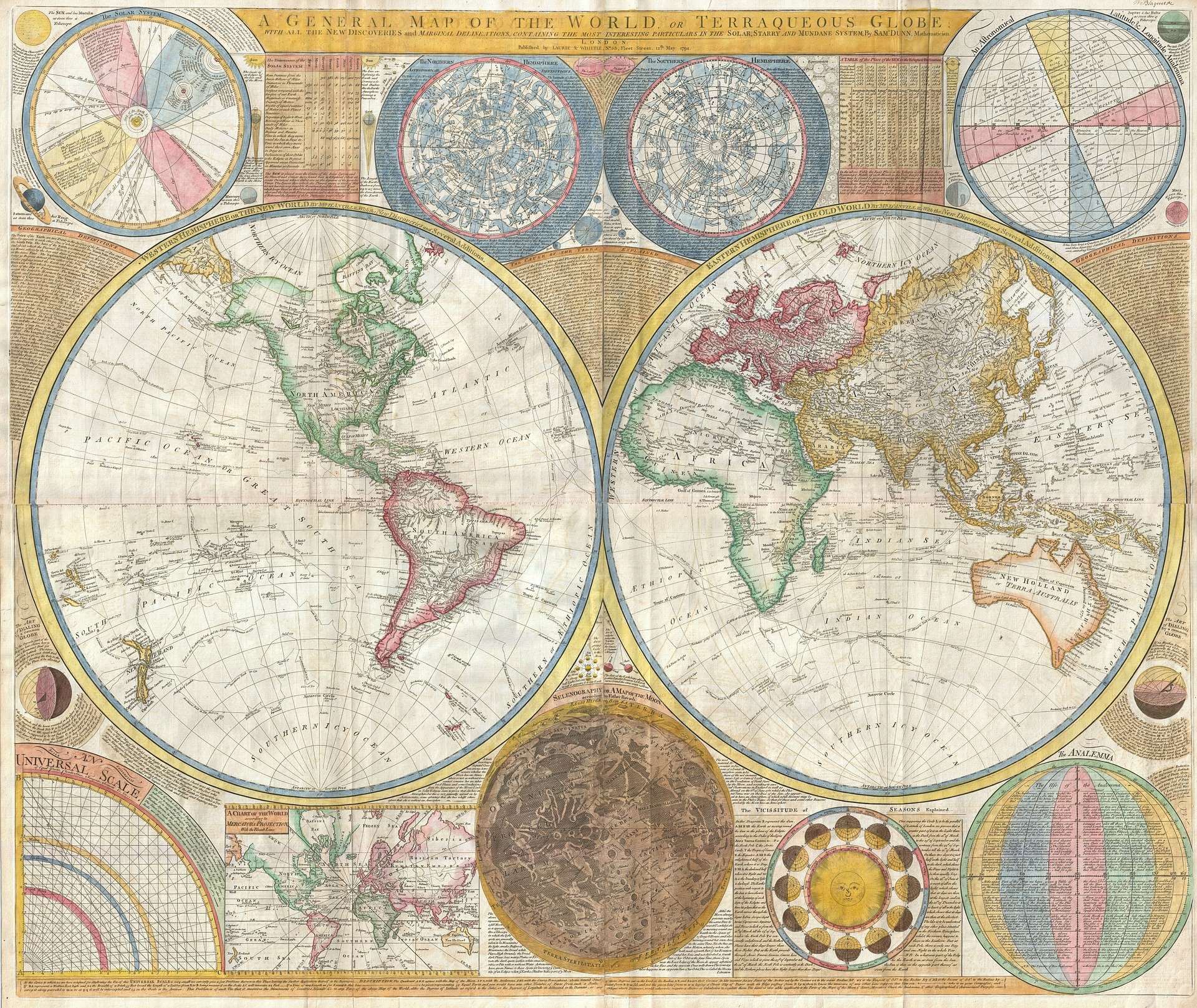More than 260 people were killed and hundreds more injured when a passenger train derailed and struck two other trains in eastern India on Friday, officials said, a rail disaster whose toll was exceptionally large even by the standards of a nation with a long history of deadly crashes.
The crash, in the state of Odisha, shocked India, now the world’s most populous country, and renewed longstanding questions about safety problems in a system that transports more than eight billion passengers a year. The country has invested heavily in the system in recent years, but that has not been enough to overcome decades of neglect.
The crash killed 261 people, according to Indian railway officials. Odisha’s chief secretary, Pradeep Jena, said that an additional 900 had been injured. Officials said they expected the toll to rise.
As daylight broke, teams of rescue workers with dogs and cutting equipment were laboring to free injured people trapped in the wreckage of twisted train carriages. Officials said that 115 ambulances had been mobilized and that all nearby hospitals were on standby.
The government in the state, home to about 45 million people, declared a day of mourning after India’s worst rail disaster in two decades. Dozens of trains were canceled. Teams from the Army, Air Force and National Disaster Response Force were mobilized to help. And people near the site of the crash were lining up to donate blood.
Prime Minister Narendra Modi promised “all possible assistance” for the victims and offered his condolences. A senior official confirmed that Mr. Modi was likely to visit the site of the disaster on Saturday.
“In this hour of grief, my thoughts are with the bereaved families,” Mr. Modi wrote on Twitter. “May the injured recover soon.”
The crash occurred when several cars of a train derailed and collided with a second one in Balasore District, the train’s operator, South Eastern Railway, said in a statement. Local officials said the tangle ultimately involved a third train carrying goods.
Some of the passengers were heading back to the eastern state of West Bengal from information technology or nursing jobs in southern India, The Indian Express newspaper reported. Others were day laborers.
Ashok Samal, a shopkeeper, told The Hindustan Times that he was ending his day near the railway in his village of Bahanaga on Friday when he heard a deafening noise, ran to the track on the main line between Kolkata and Chennai, and saw a pile of mangled train cars.
“There were loud shrieks and blood all over,” he told the newspaper, adding that he saw people trapped under coaches and people wailing for help.
Ashwini Vaishnaw, the minister of railways, told reporters on Saturday that he had ordered an investigation to determine the cause of the crash.
“Our immediate focus is on rescue and relief,” he said from the site of the disaster. “We will know more after the inquiry.”
India’s railway system, one of the largest in the world, was first developed in the 19th century by British colonial authorities. Today, more than 40,000 miles of track — enough to wrap around the earth about one and a half times — spread like capillaries over a nation about twice the size of Alaska that stretches from the Himalayas to tropical rainforests.
In 2005, at least two dozen people were killed when a crowded passenger train slammed into a stationary cargo train in the western state of Gujarat. Six years later, scores died when a mail train derailed in the northern state of Uttar Pradesh, east of New Delhi.
In 2016, more than 100 passengers died in another Uttar Pradesh derailment. Two years after that, dozens of people were mowed down by a speeding train in the northwestern state of Punjab as they celebrated a Hindu festival with fireworks.
The deadliest wreck since Friday’s accident was a crash in 1999 in West Bengal that killed about 285 people as two trains collided head-on.
In 2021 alone, there were more than 16,000 train-related deaths, according to the country’s National Crime Records Bureau. That figure includes cases in which people were struck while walking on tracks or fell out of moving trains.
Passenger safety has come under scrutiny in India in recent years.
In 2012, a committee appointed to review the safety of the rail network cited “a grim picture of inadequate performance largely due to poor infrastructure and resources.” It recommended a host of urgent measures, including upgrading track, repairing bridges, eliminating road-level crossings and replacing old coaches with ones that better protect passengers in case of an accident.
The Modi administration has since spent tens of billions of dollars to renovate and modernize old trains and tracks.
On Saturday, Mr. Modi had been scheduled to inaugurate, by video conference, India’s 19th Vande Bharat Express train, a new electric model manufactured domestically. It has technology designed to help reduce the risk of collisions, and it will run between the western city of Mumbai and the southern state of Goa.
Mr. Modi’s office said on Friday that the train would “provide the people of the region the means to travel with speed and comfort.”
But in a system weakened by years of neglect, deadly problems persist. And instead of inaugurating a new train on Saturday, Mr. Modi was attending to a national emergency.
Indian news reports said that as word of the Odisha crash spread, desperate relatives went to Howrah Station, near Kolkata, where one of the trains had been heading, to learn the status of their loved ones.
At Howrah, one man, Sapan Chowdhury, told The Indian Express that he was relieved to find out his 23-year-old daughter was alive, though she had been injured by shards of glass.
Others were not so lucky.
Victoria Kim contributed reporting.

